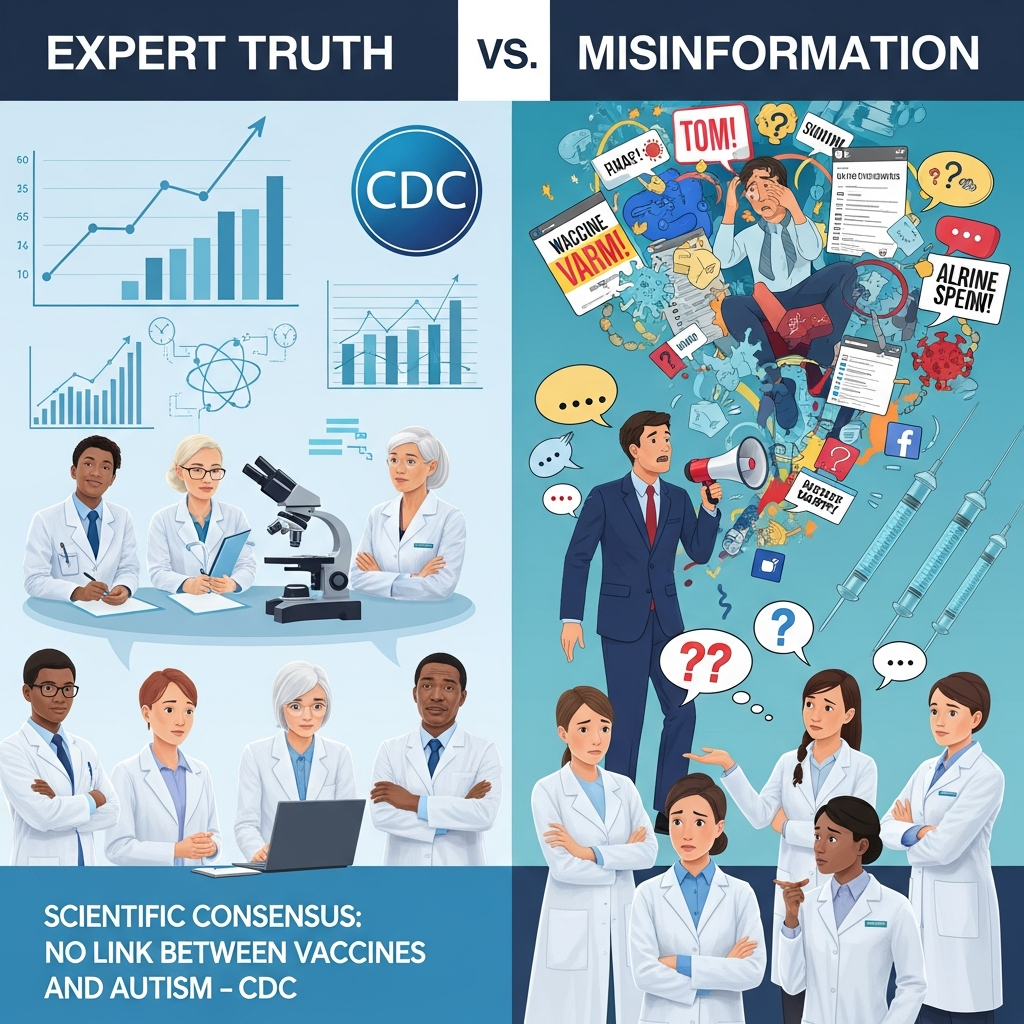In a pivotal move reshaping the American economic and <a href="https://news.quantosei.com/2025/07/05/trump-signs-big-beautiful-bill-his-sweeping-policy-legislation/” title=”Trump Signs Major 2025 Bill: Tax, Spending, Debt”>social landscape, US President Donald Trump officially signed a sweeping tax and spending bill into law this past Friday. This landmark legislative package, sometimes referred to by supporters as the “One Big Beautiful Bill,” represents a significant victory for the Trump administration and the Republican party, enacting several core tenets of their agenda. The signing ceremony at the White House marked the culmination of a contentious legislative battle, pushing key policy priorities forward despite significant opposition and debate.
Unpacking the Landmark Legislation
The extensive 870-page bill encompasses a broad range of fiscal and policy changes poised to impact numerous sectors across the United States. A central pillar of the package involves making permanent the individual tax cuts initially enacted in 2017. Beyond extending existing measures, the law introduces new, albeit temporary, tax breaks, notably including deductions for tipped income and overtime pay, alongside a temporary deduction for seniors receiving Social Security.
While the bill reduces certain tax burdens, it also significantly shifts federal spending priorities. It mandates substantial increases for defense, adding approximately $150 billion to the budget. Furthermore, Immigration and Customs Enforcement (ICE) is slated to receive a considerable boost with an additional $100 billion allocated. Conversely, the legislation implements steep cuts to various social safety net programs and rolls back tax credits previously supporting clean energy initiatives.
Among the notable provisions are changes to the federal deduction for State and Local Taxes (SALT), temporarily raising the cap for certain earners. The Child Tax Credit also sees a permanent increase, indexed to inflation moving forward.
A Challenging Path Through Congress
The journey of this bill to the President’s desk was anything but smooth, highlighting deep divisions within Congress. Its passage through the House of Representatives was particularly narrow, succeeding by a vote of 218 to 214. This close margin underscores the intense political maneuvering and limited bipartisan consensus surrounding the legislation.
The debate in the House saw dramatic moments, including an extraordinary nearly nine-hour speech by House Minority Leader Hakeem Jeffries. Democrats were unified in their opposition, with all 212 members voting against the bill. While the majority of Republicans supported the measure, two members of the GOP caucus ultimately voted no, citing various concerns.
Passage in the Senate earlier in the week also proved difficult, requiring Vice President JD Vance to cast a tie-breaking vote. Three Republican senators initially withheld their support before the final tally of 51-50 allowed the bill to advance. This reliance on a simple majority was facilitated through the budget reconciliation process, a legislative tool that bypasses the typical 60-vote threshold needed for most bills in the Senate. The process also involved budget techniques criticized by Democrats, such as treating the extension of the 2017 tax cuts as having no cost, a move opponents labeled a “budget trick.”
Reports suggest President Trump played a direct and active role in securing votes, engaging with reluctant lawmakers through calls, meetings, and public statements. Republican leaders credited his involvement as crucial in navigating internal party disagreements and ensuring passage, framing the bill’s enactment as a swift realization of the “America First agenda.”
Celebrating a Policy Victory Amidst Criticism
The signing event at the White House was characterized by a celebratory mood, marking a significant policy achievement for the administration. President Trump lauded the bill, asserting it would unleash robust economic growth across the nation. He downplayed concerns about cuts to social programs, suggesting they would be largely unnoticed and that “the people are happy.” He specifically highlighted the benefits of tax cuts, increased border security funding, and the relief provided by ending certain taxes for seniors and those with tips or overtime.
However, this optimistic portrayal stands in stark contrast to widespread criticism from Democrats and various experts. Opponents argue the bill is fundamentally skewed, disproportionately benefiting wealthy Americans while placing significant burdens on those with lower incomes. Critics contend the legislation represents an “extraordinary assault” on healthcare access and vital social safety nets.
Even within the Republican party, some members voiced concerns, primarily centered on the bill’s potential impact on the already rising US national debt.
Analysis: Economic Projections and Distribution of Benefits
Independent analyses of the bill’s potential economic fallout present a complex and often worrying picture. According to the nonpartisan Congressional Budget Office (CBO), the legislation is projected to add a substantial amount to the national debt over the next decade, potentially reaching $3.3 trillion to $3.4 trillion. While the CBO reportedly suggested the tax cuts could lead to a surplus in the very first year, they predict a sharp subsequent rise in the budget deficit – the annual gap between government spending and revenue.
The concern is that the estimated $4.5 trillion in projected revenue losses from the tax cuts far outweighs the estimated $1.2 trillion in spending cuts included in the package.
Analysis from the Tax Policy Center further reinforces the argument that the bill’s tax changes primarily favor wealthier individuals. Their findings indicate that a significant portion of the tax benefits, approximately 60%, is expected to accrue to those earning above $217,000 annually. This has fueled criticism that the bill exacerbates income inequality.
Projected Impact on Social Safety Nets
One of the most contentious aspects of the bill is its impact on crucial social safety net programs designed to support low-income and vulnerable populations. Significant cuts are directed towards Medicaid, the federal-state program providing healthcare coverage. Estimates vary, but projections from the CBO and other sources suggest that changes to Medicaid could result in nearly 12 million to potentially 20 million individuals losing coverage over the next decade.
Republicans defend the Medicaid changes, arguing that implementing tougher work requirements for “able-bodied” recipients will help combat abuse and fraud within the program. However, opponents express serious concerns about the potential human cost of reduced access to healthcare.
The Supplemental Nutrition Assistance Program (SNAP), which provides food assistance to millions of Americans, is also targeted for reductions. Projections suggest around 2 million people could be removed from the program. The potential impact on families relying on this aid is a key point of concern. For individuals like Jordan, a father of two who receives approximately $700 a month in SNAP benefits, the prospect of reduced assistance means potentially needing to secure a second job just to ensure his family is fed, underscoring the very real-world consequences of these policy changes.
Public Opinion and Future Implications
Polling conducted prior to the bill’s passage indicated relatively low overall public support, with a Quinnipiac University survey suggesting only 29% endorsement nationally. Support was notably higher among Republicans, reaching two-thirds of the party. Despite the President’s claim that “the people are happy,” the polling suggests public skepticism remains a challenge. Adding to this complexity, reports from rallies indicated low public awareness of the legislation’s specifics among some of the President’s supporters.
While the signing marks a clear political victory for President Trump and the Republican leadership, the long-term economic and social consequences remain subject to intense debate and scrutiny. The projected increase in national debt, the potential for millions to lose healthcare or food assistance, and the perceived tilt of tax benefits towards the wealthy are all factors that opponents are likely to highlight in future political campaigns, potentially creating significant “political peril” down the line. The full impact of this sweeping legislation will unfold over the coming years, continuing to shape national economic policy and the lives of millions of Americans.
Frequently Asked Questions
What are the main provisions included in the sweeping bill signed by President Trump?
The bill signed by President Trump is a comprehensive package featuring multiple key changes. It makes permanent the individual tax cuts from 2017, introduces temporary tax breaks on tips, overtime, and Social Security for seniors, significantly increases spending for defense and immigration enforcement (ICE), and implements substantial cuts to social safety net programs like Medicaid and SNAP. It also adjusts the SALT cap and increases the Child Tax Credit.
How is this legislation projected to affect the U.S. national debt and economy?
Independent analyses, such as that by the CBO, project the bill will significantly increase the national debt, potentially by $3.3 to $3.4 trillion over the next decade. While the White House claims the tax cuts will stimulate economic growth, experts fear they will exacerbate the budget deficit in the long term. The Tax Policy Center also found that the tax benefits are heavily concentrated, with about 60% going to individuals earning over $217,000.
What changes does the bill make to social safety net programs like Medicaid and SNAP?
The bill includes steep cuts to programs like Medicaid and SNAP. The CBO estimates changes to Medicaid could result in nearly 12 million people losing healthcare coverage over the next 10 years, though Republicans argue new work requirements will reduce fraud. The bill also targets SNAP, potentially removing around 2 million individuals from the food assistance program.
Conclusion
President Trump’s signing of this sweeping tax and spending bill represents a monumental legislative achievement for his administration and Republican allies. The package enacts significant policy shifts, from making tax cuts permanent and boosting defense spending to implementing substantial reductions in social programs. While supporters celebrate the bill as a catalyst for economic growth and a fulfillment of key campaign promises, critics voice profound concerns about its potential to increase the national debt, exacerbate inequality, and diminish vital support systems for vulnerable populations. As the specifics of this complex law take effect, its full economic, social, and political consequences will continue to be a central point of debate and impact across the United States.


